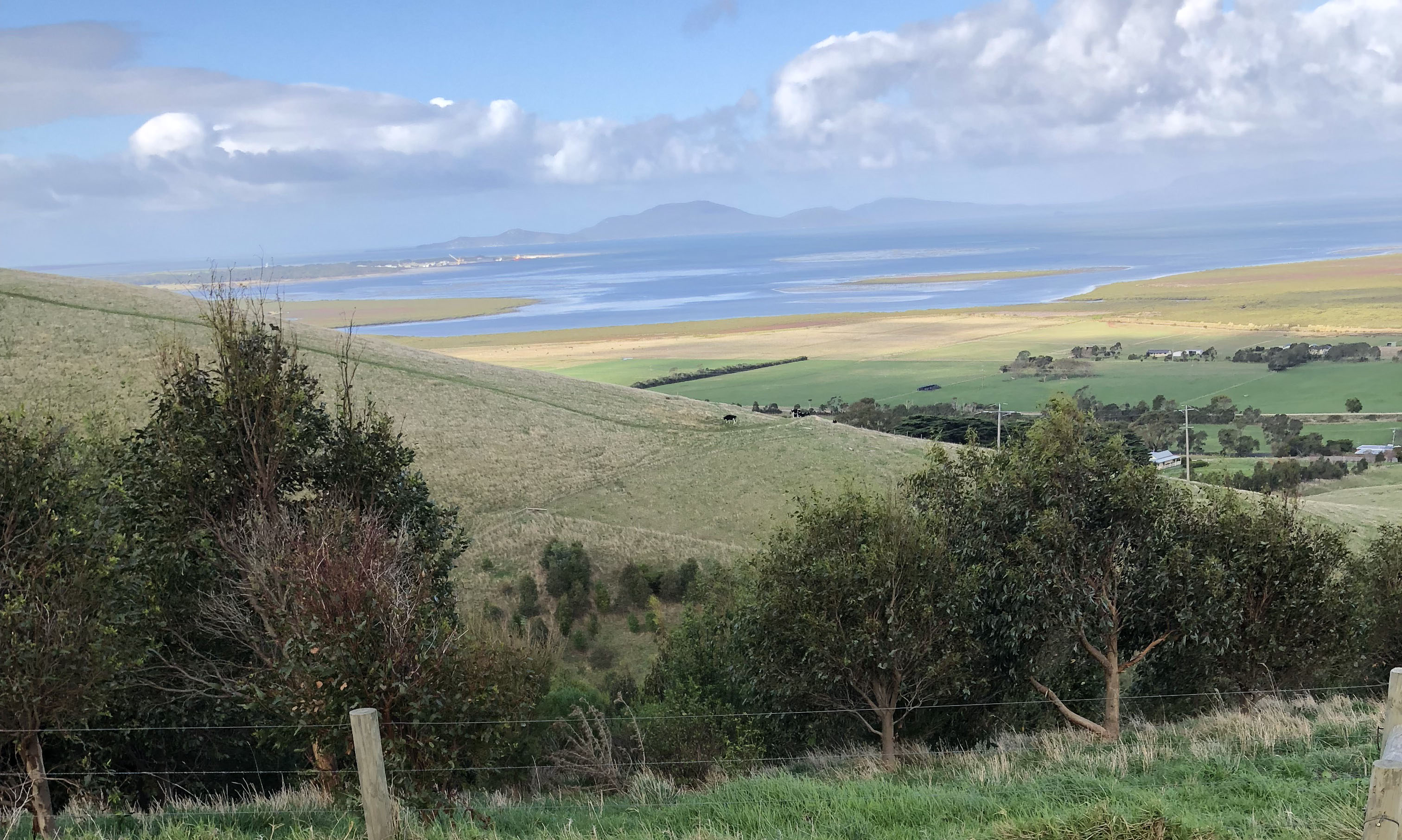Support to develop Regional Catchment Strategies
They say that to move forward, you have to look back – and this is arguably the case for Catchment Management Authorities across Victoria, which are in the process of updating their Regional Catchment Strategies.
Regional Catchment Strategies in Victoria are renewed every six years and aim to deliver a whole-of-system approach for land, water and biodiversity planning and delivery for the state’s regional catchments.
To help West Gippsland Catchment Management Authority (CMA) prepare for the first stage of its Regional Catchment Strategy (RCS) update, RMCG delivered a broad review of the existing strategy and analysed current and emerging drivers and trends impacting the region.
The good news is that many areas of the catchment are still in good condition, with large areas demonstrating ecosystem resilience. We found this had been helped in part through the range of regional NRM programs aimed at protection and restoration, supported through the last RCS. Notable examples include:
- the stabilisation in the extent of sea grass communities at Corner Inlet
- the reduction in Spartina from coastal salt marsh communities
- the extensive removal of willows from upstream catchments
- the recovery and delivery of water for the environment
- removal of major barriers to fish movement (such as the Thomson Fishway)
- the protection of the Alpine peatlands ecological community, particularly on the Baw Baw plateau.
However, we also found the region is currently going through major change from a range of influences, from shifting population trends (particularly in coastal areas and from Melbourne’s continued urban growth) to large scale industry transitions. This has included mine closures in the Latrobe Valley and a move to renewable energy sources, land use change with smaller land holdings and growth in more intensive agriculture, and a shift from harvesting native forests to plantations.
We also found climate change is having an impact on the health of the region, particularly on sea level rise, water availability and the frequency and severity of major climatic events (droughts, fire and flood). As an example of these climatic influences, we found areas of the catchment repeatably burned over the last 20 years (e.g. in 2007, 2009, 2013 and 2019) have continued a trend of reduced intervals between large-scale bushfires. Recent research by the University of Melbourne confirms that the intervals between successive fires are important as trees need sufficient time to recover their regenerative capacity, such as eucalypts like alpine ash (Eucalyptus delegatensis) that only begin to produce seeds around 20 years after fire.
If you want to learn more about these regional drivers and trends, you can access our full report for the West Gippsland CMA.
To find out more about RMCG’s experience in developing Regional Catchment Strategies, click here.
